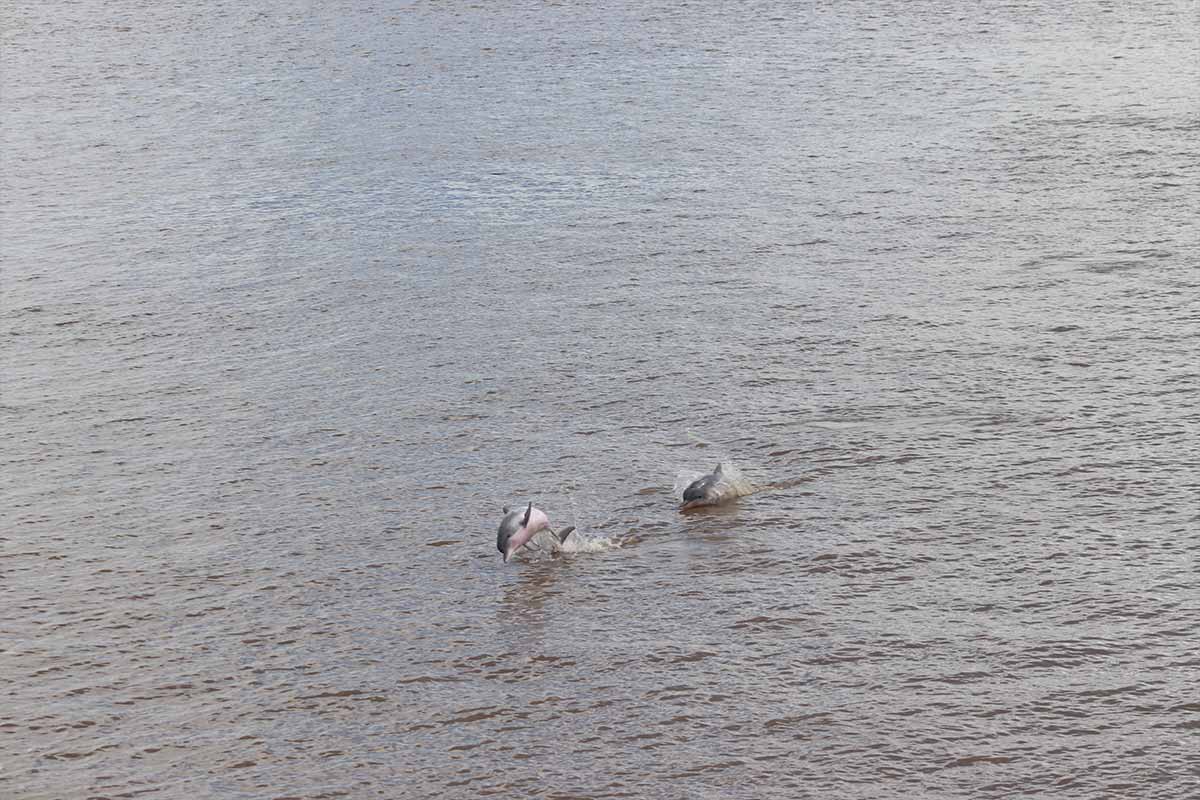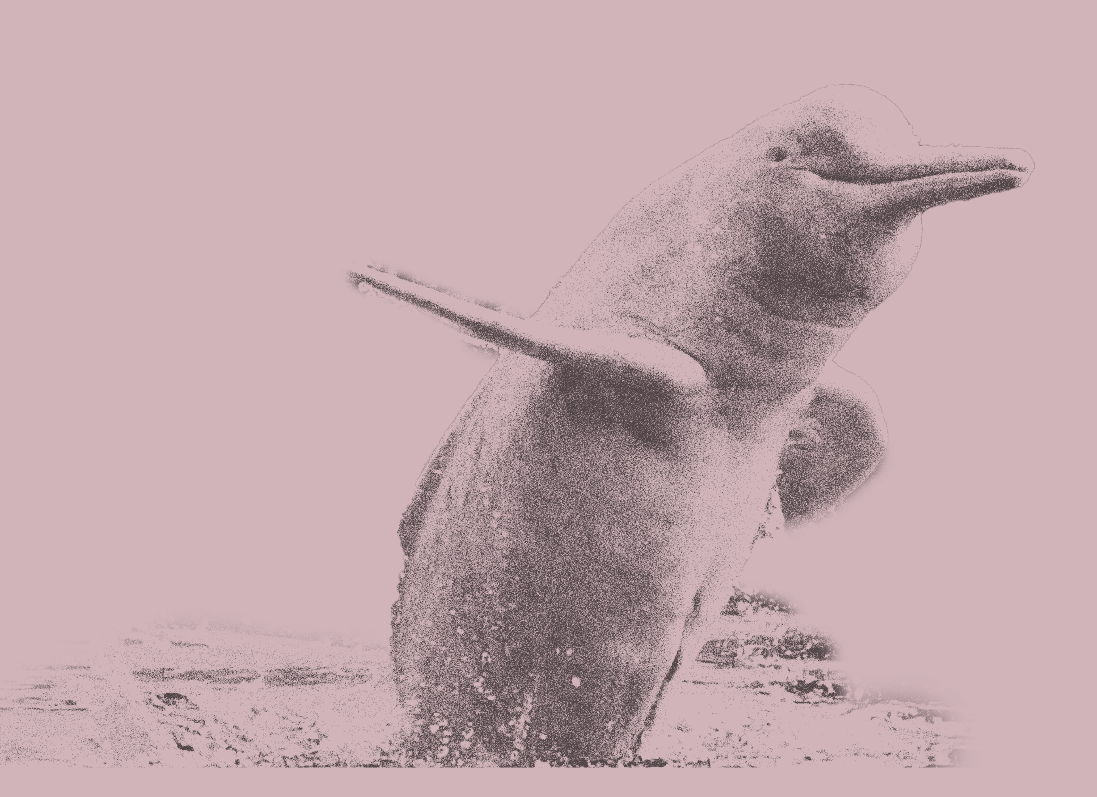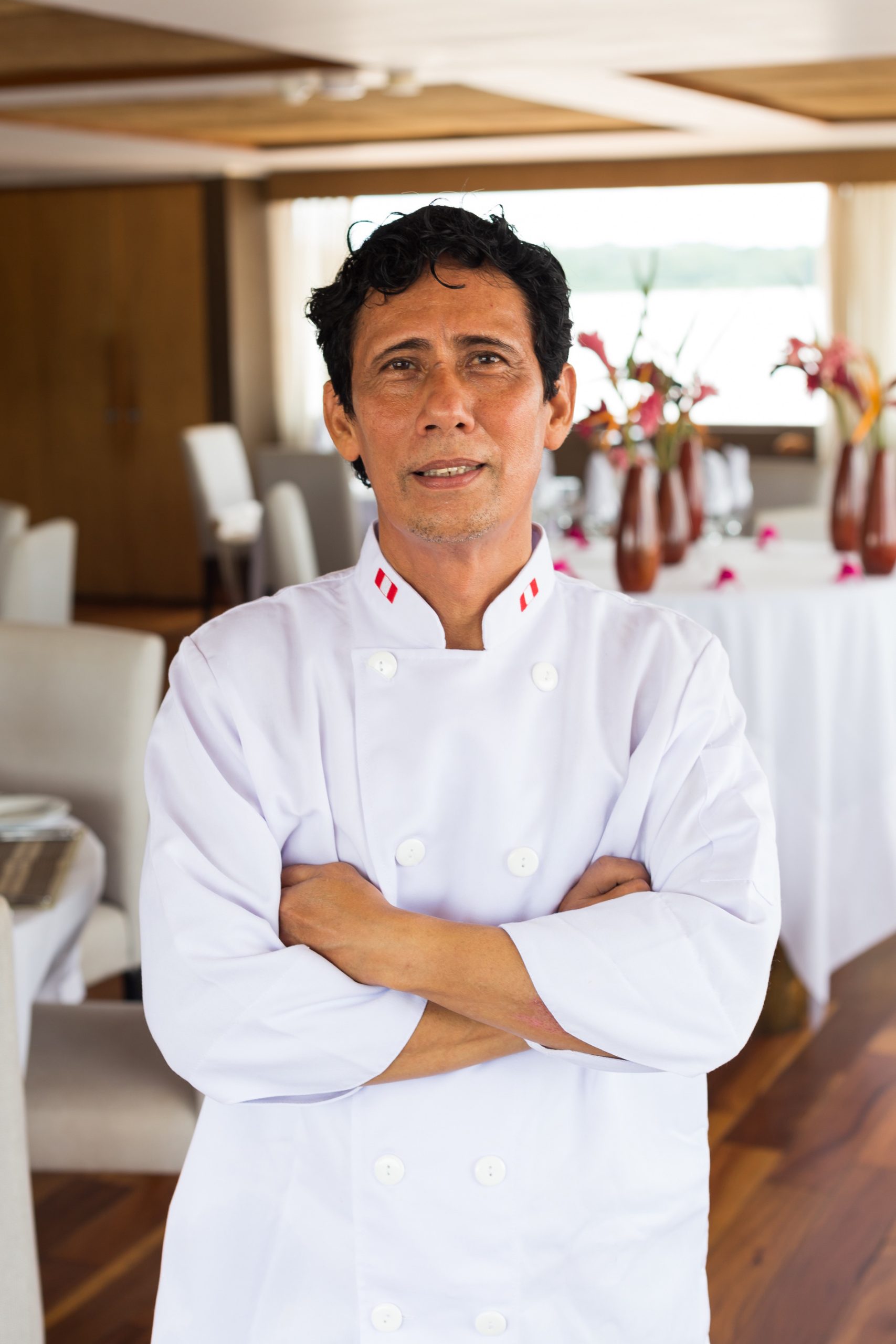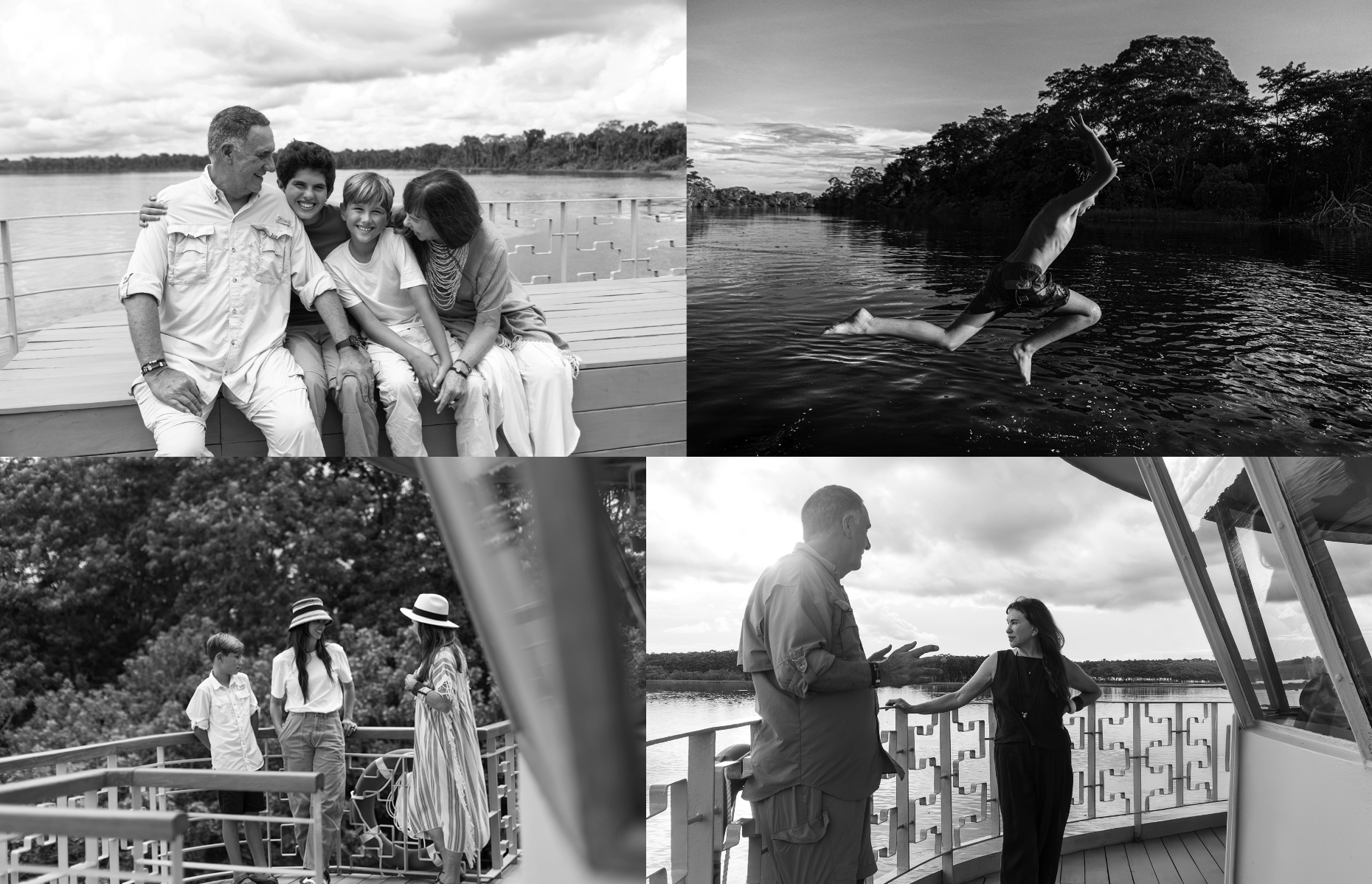In the heart of the Peruvian Amazon, where the river curves through flooded forests and the air hums with unseen life, Dr. Joanna Alfaro listens. A marine biologist, conservationist, and co-founder of ProDelphinus, Joanna has spent over two decades decoding the whispers of the Amazon’s most elusive guardian, the pink river dolphin (Inia geoffrensis).
Her fascination began in childhood, along the Peruvian coast. “I spent every summer at the beach,” she recalls. “I’d stay there all day, poring over encyclopedias of exotic animals, dreaming of the ocean.” That early wonder became a vocation, one that would lead her from coastal waters to the winding arteries of the Amazon basin, where her work now bridges science, community, and hope.

The Heartbeat Beneath the Surface
The pink river dolphin, or boto, is unlike any other. With its long beak, flexible neck, and luminous hue that deepens with movement or excitement, it seems almost mythical, and in Amazonian culture, it is. Legends say these dolphins can transform into humans, visiting villages by moonlight. In reality, they are keystone species: top predators whose health reflects the balance of the entire ecosystem.
“Their pink color comes from a dense network of blood vessels near the skin,” Joanna explains. “It changes with temperature and activity, a physiological adaptation to the river’s warm, shifting waters.” These same adaptations, a supple spine, a keen acoustic sense — allow the dolphins to navigate the labyrinth of submerged forests when the rivers swell.
But even this ancient mastery is being tested. Habitat loss, illegal fishing, mercury contamination, and rising water temperatures threaten their survival. “The IUCN lists the pink river dolphin as endangered,” Joanna notes quietly. “When they struggle, it’s a sign that the Amazon itself is in distress.”
Listening to the River
Through ProDelphinus and in collaboration with Delfin Amazon Cruises, Joanna’s team is pioneering acoustic monitoring of river dolphins in the Pacaya Samiria National Reserve, one of the world’s largest flooded forests and the core of Delfin’s navigation routes. Using underwater recorders called CPODs, they collect data around the clock, even when researchers can’t be in the field.
“These devices let us ‘hear’ the dolphins 24 hours a day,” she says. “We’re learning when and where they feed, socialize, and rest, information that helps us map critical habitats and reduce accidental entanglement in fishing nets.”
Pingers, another acoustic tool, emit signals that alert dolphins to nearby nets, helping them avoid deadly encounters. The goal is coexistence, ensuring both dolphins and local fishers can thrive along the same waters.

The River’s Sentinels
Dolphins are often called “sentinels of the ecosystem”, a role Joanna sees as both scientific and symbolic. “Their bodies tell us what’s happening in the water,” she explains. “When we find traces of heavy metals in them, it means contamination has reached every level of the food chain, including humans.”
For her, protecting the boto is inseparable from protecting the people who share its home. “We always involve local communities in our work. They help collect data, deploy equipment, and interpret what we find. The knowledge must stay in the forest, not just in the labs.”
A River of Connection
Delfin Amazon Cruises supports this research not as an external sponsor, but as part of its ongoing commitment to regeneration, helping science flow with storytelling. Guests aboard Delfin vessels often witness these gentle creatures firsthand, guided by naturalists who reveal both their ecological role and their mythic charm. Each sighting becomes an invitation: to see the Amazon not as wilderness, but as kin.
“The pink dolphin represents so much more than a species,” Joanna reflects. “It’s identity, culture, and the heartbeat of an entire landscape. When we protect it, we protect everything.”

A Future Woven by Nature
Joanna envisions the next decade with cautious optimism. “I hope science advances, yes,” she says, “but more than that, I hope our governments, our communities — all of us — act ethically and quickly. These species are unique to our planet. We can’t afford to lose them.”
Her message, like the river itself, is one of interconnection. “Everyone has a role,” she says, “from local communities to travelers, from scientists to dreamers. The Amazon’s story is our story.”
And as Delfin’s vessels glide through those timeless waters, guests may find themselves listening too , not just to the sounds of the forest, but to the quiet pulse of life beneath the surface.



